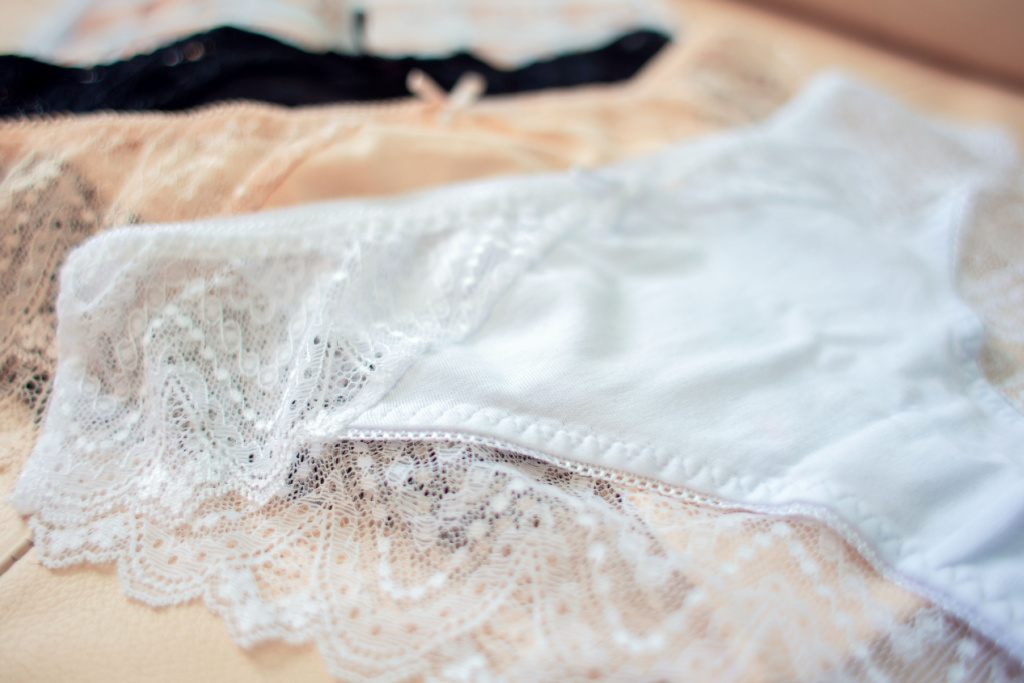Have you ever wondered what that pocket in women’s underwear is for?

The world of Women fashion can be rather arcane. While it’s a common struggle for many women to find dresses with usable pockets, it’s quite the opposite regarding underwear. It seems like every pair has its own little pocket in the crotch area.
But what exactly is the purpose of this petite pocket, and could it be a substitute for the pockets in outerwear? It’s not big enough to hold many items, and sitting comfortably with something stored in there is a logistical challenge. So, what’s the story behind this curious feature?
What Is This Curious Feature Called?

To clarify, the little pocket in the crotch of women’s underwear is not intended for storage or cosmetic purposes. Nor is it an added safety feature in case of a wardrobe mishap. This hidden feature actually has a specific name – it’s called the gusset.
So what does this pocket in women’s underwear actually do?

The gusset was designed to enhance comfort and durability in underwear while also promoting hygiene for women. Women’s underwear is often crafted from synthetic materials, such as lace, which, while visually cute, lacks breathability. This limited ventilation can lead to a mass of sweat and bacteria within your undergarments, a less-than-desirable situation.
Why Is The Gusset So Important?

Added Benefits Of The Gusset

Furthermore, gussets offer an added benefit. Given that synthetic materials are not always the most comfortable – consider the potential itchiness of bare lace against sensitive skin. Gussets provide a soft and cozy medium for your intimate areas, guarding them against friction.
Even if your luxurious, synthetic underwear comes fitted with a gusset, the wisest choice remains good old-fashioned cotton undergarments. While the gusseted area may offer some gain, overall breathability is vital.
Why Is Breathability So Important?

This emphasis on breathability becomes even more critical for those with active lifestyles. If you anticipate any level of physical activity leading to sweat, it’s advisable to steer clear of synthetic materials. This means opting for cotton when running or hitting the gym unless you’re willing to risk inflammation or infection.
This is especially crucial for individuals susceptible to bacterial concerns in that region. While cotton panties may not exude the same allure as lacy Victoria’s Secret lingerie, they undoubtedly offer more comfort and peace of mind than the prospect of a yeast infection.
If you’re still not convinced that cotton underwear is safer, read this

If you’ve absorbed this information and still prefer alternatives to cotton underwear, there are non-cotton options available, with some being better choices than others. According to panties crafted from materials like polyester, nylon, Lycra, or Spandex can offer increased flexibility and a smoother appearance under clothing often incorporating a cotton crotch for added comfort.
However, it’s crucial to exercise caution when it comes to thongs

While they may not pose a significant threat to individuals in good health who aren’t prone to infections, for some, thongs can become a potential vehicle for bacterial spread. As Dr.Jill M. Rabin explains, if a small amount of bacteria, such as E. coli commonly found in the colon, resides on the rear portion of the fabric and you engage in physical activity, this material can shift. Even a slight movement can relocate the bacteria in close proximity to the vagina or urethra, potentially depositing colonic bacteria into these sensitive areas.
Furthermore, wearing a thong during your period can elevate the risk of infection further, as menstrual fluid alters the pH balance in the vaginal area, creating a more conducive environment for bacterial growth. Thongs may also provoke irritation of the delicate skin in the genital region and worsen conditions like hemorrhoids.
What about going commando?
It should also be emphasized that changing your underwear daily is essential. Regardless of the fabric or the presence of a pocket, recycling unwashed panties can lead to the accumulation of bacteria and sweat, which is a situation to be avoided.

